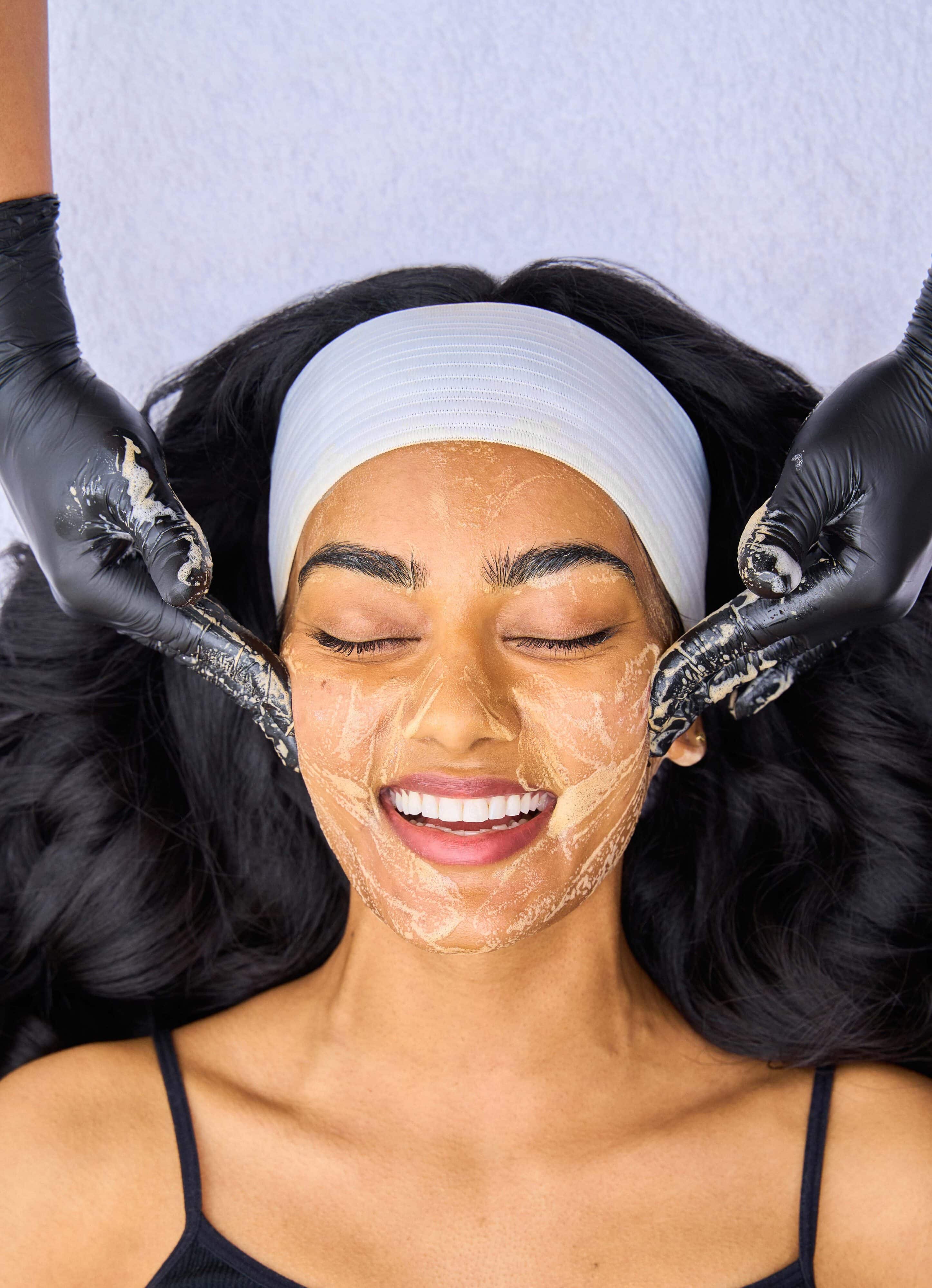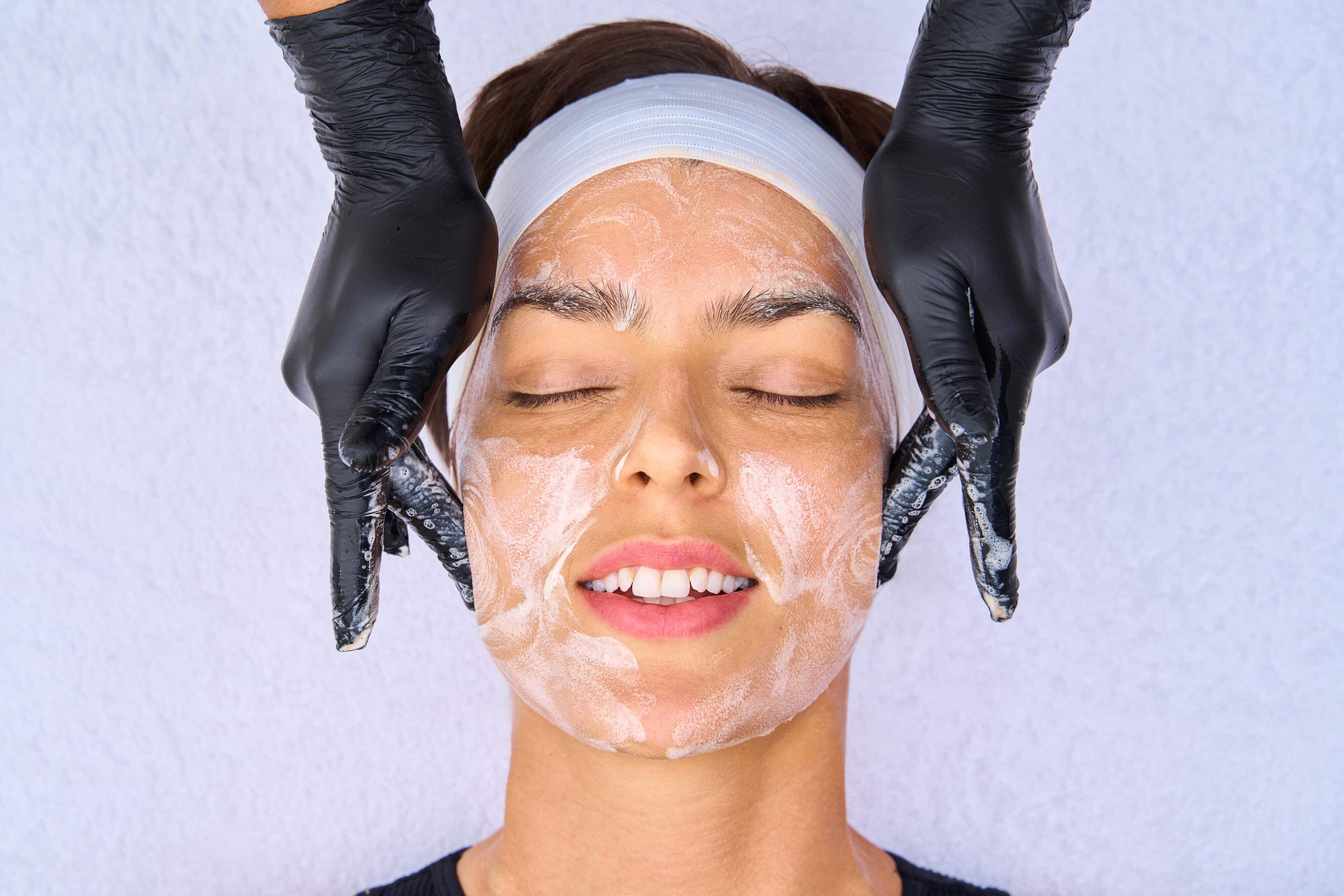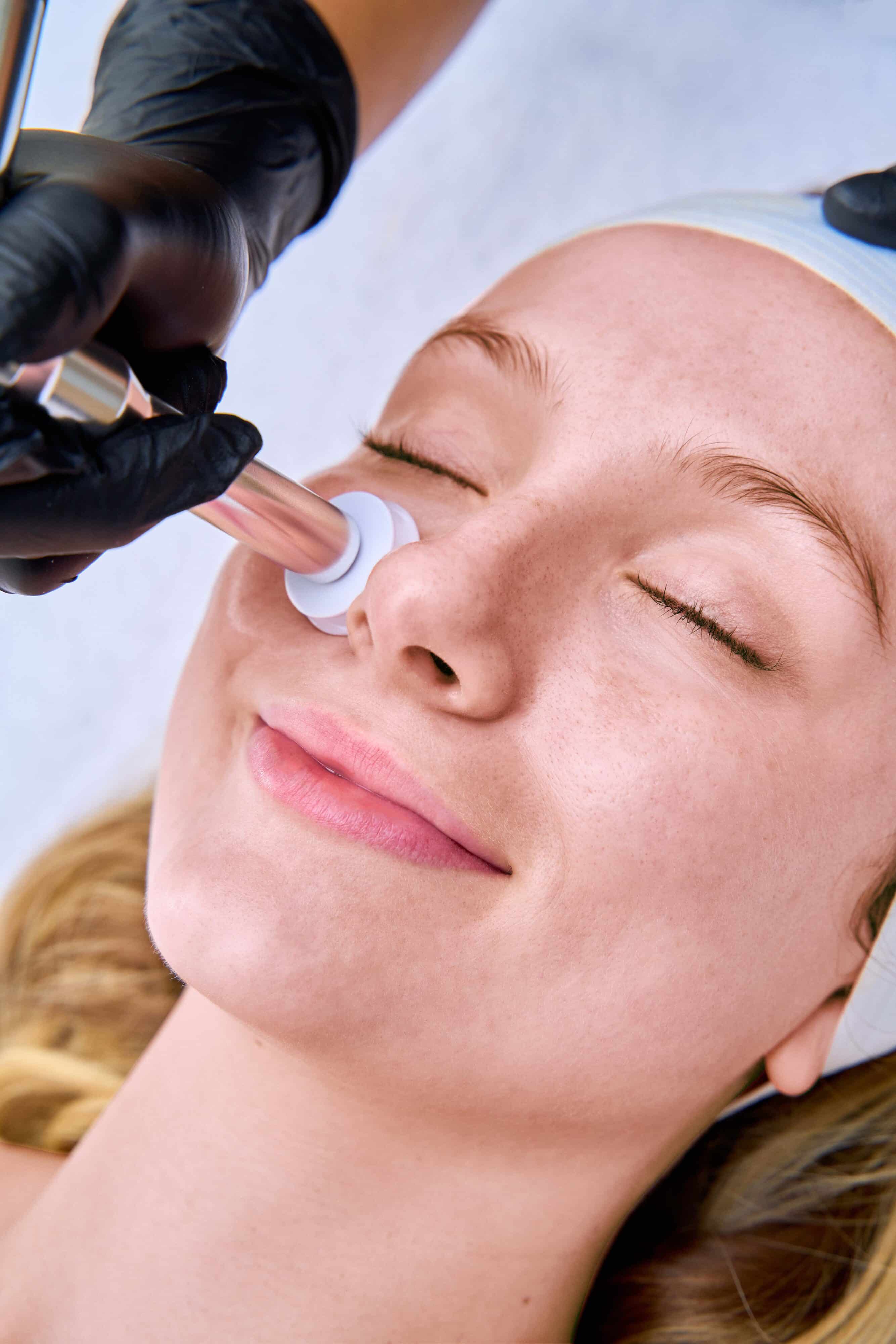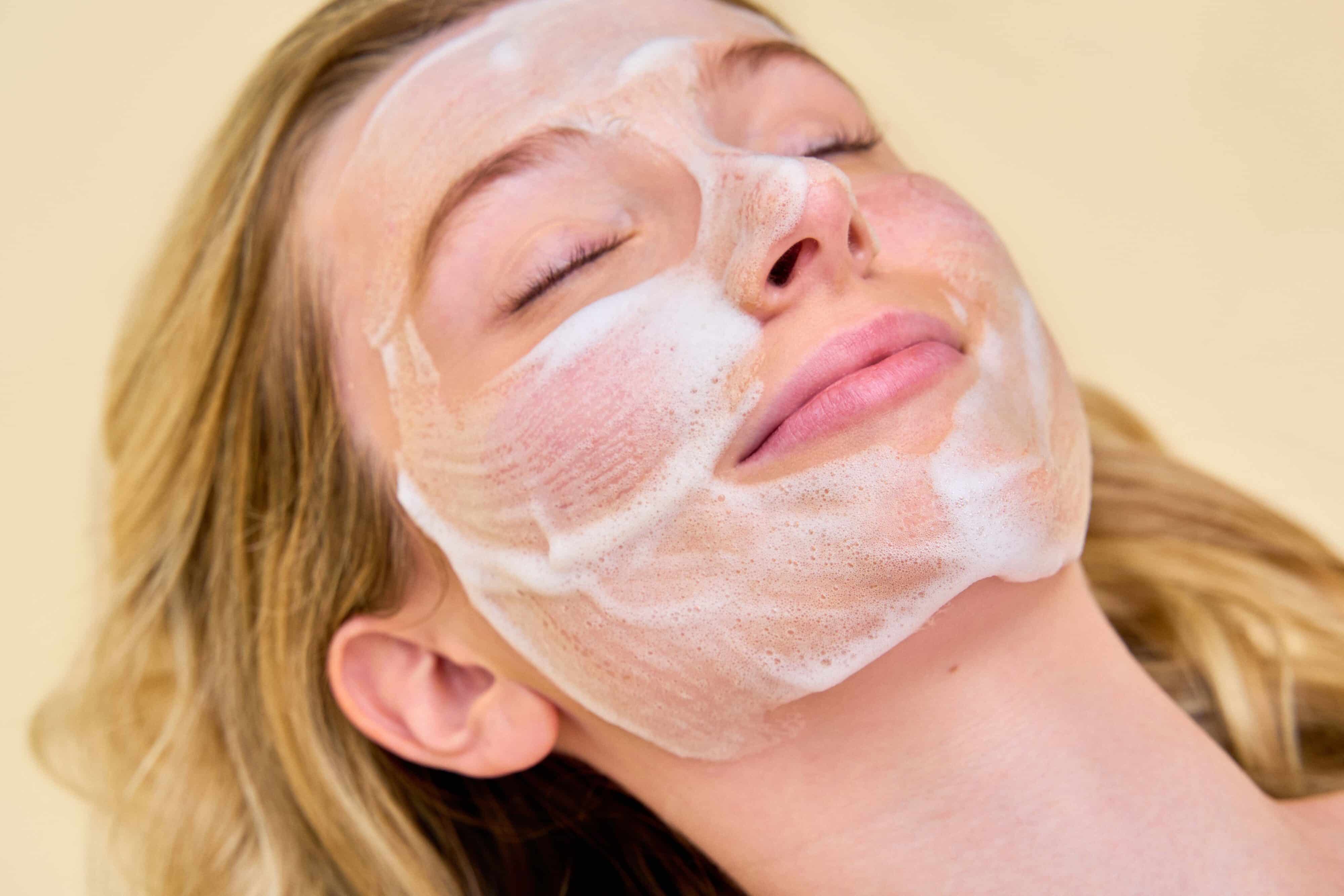It’s no secret that hyperpigmentation is a common skin concern that can be a daunting issue to tackle. Many people experience it for a variety of different reasons including sun exposure, hormonal changes, acne scars and inflammation. People are often stuck in a cycle of trial and error, ultimately left discouraged and with an array of products and methods that don’t work. However, when you’re equipped with the right information, hyperpigmentation can be dramatically improved.
We’re here to provide you with the knowledge and information you need to address these concerns in order to see improvements with your skin. We dive into the causes of hyperpigmentation, effective skincare routines and treatments to help you achieve a clear and even complexion.
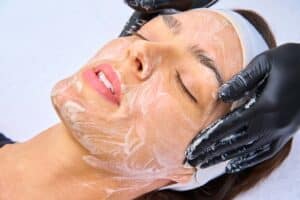
Causes of Hyperpigmentation and Dark Spots
Hyperpigmentation can occur for multiple reasons and can happen to people with any skin type.
1. Sun Exposure
Sun exposure is known to cause damage to your skin and can have a variety of different effects. UV rays trigger melanin production causing your skin to form dark spots known as sun spots or age spots.
2. Hormonal Changes
Pregnancy, hormonal contraceptives, and fluctuations in hormone levels can all influence melanin production, resulting in a condition known as Melasma or pregnancy mask. Characterized by dark patches on the face, melasma often appears on the cheeks, forehead, and upper lip.
3. Post-Inflammatory Hyperpigmentation (PIH)
Acne, eczema, psoriasis, and other inflammatory skin conditions can often leave dark spots on when the skin heals, known as post-inflammatory hyperpigmentation (PIH). As the skin heals from injury or inflammation, excess melanin is often created, resulting in discoloration.
4. Aging
As we age, our skin experiences inevitable changes, including a gradual decrease in cellular turnover. This process can cause melanin to accumulate in certain areas, resulting in age spots or liver spots. While these spots are harmless, it can be frustrating and hard to fade.
Effective Skincare Routines to Fade and Prevent Discoloration
While dealing with hyperpigmentation may initially feel discouraging, there are proven methods and products that are effective to address and improve this issue.
1. Daily Sun Protection: Shield Your Skin
Start your day by applying a broad-spectrum sunscreen with SPF 30 or higher. This step provides a protective barrier against UV damage, preventing further melanin production and dark skin spots.
2. Gentle Cleansing: Break Down Dirt and Oil
Cleanse your skin twice daily with a mild, non-comedogenic cleanser to remove impurities and excess oil. Opt for formulas that effectively cleanse without striping your skin of moisture.
3. Brightening Ingredients: Illuminating Your Complexion
Incorporate skincare products containing brightening ingredients such as vitamin C, niacinamide, licorice extract, and alpha arbutin. These ingredients work together to target existing pigmentation while preventing melanin production, unveiling a more luminous complexion over time.
4. Exfoliation: Clear Out Your Pores
Regular exfoliation is key to getting rid of dead skin cells and promoting cellular turnover. Incorporate chemical exfoliants like AHAs (alpha hydroxy acids) or BHAs (beta hydroxy acids) into your routine to achieve a smoother, more even-toned complexion. However, be mindful not to over-exfoliate, as this can exacerbate skin sensitivity and inflammation.
5. Hydration: Protect Your Skin Barrier
Use a lightweight, non-comedogenic moisturizer in order to make sure your skin is properly moisturized. This not only protects the skin’s barrier function but also supports its natural healing process, aiding in the fading of hyperpigmented areas.
6. Spot Treatments: Targeted Ingredients
Using targeted treatments such as retinoids, hydroquinone, or kojic acid to help get rid of stubborn dark spots. These ingredients help to fade pigmentation, promote skin renewal, and restore a more even complexion. Apply them directly to problem areas for maximum efficacy.
7. Consistency: Diligence is Key
Consistency is key when treating hyperpigmentation so make sure to stick to your skincare routine diligently. While results may not be immediate, continued commitment and patience will yield visible improvements over time.
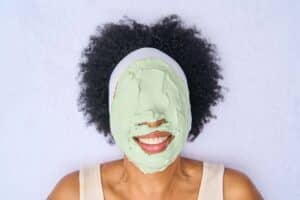
Powerful Hyperpigmentation & Facial Dark Spot Treatments
In addition to methods you can use at home on your own time, there are professional treatments you can get done in order to help speed up the process of improving hyperpigmentation.
1. Chemical Peels
Getting professional chemical peels help achieve a smoother, more even-toned complexion. Peels contain powerful ingredients such as glycolic acid or salicylic acid to accelerate skin turnover and diminish hyperpigmentation.
2. Laser Therapy
Laser treatments such as IPL (Intense Pulsed Light) or fractional laser resurfacing provide a targeted solution for stubborn pigmentation. These technologies penetrate the skin’s layers to specifically target melanin, promoting clearer, more uniform skin tone over time.
3. Microdermabrasion
Microdermabrasion is a non-invasive exfoliation technique that utilizes a diamond-tipped wand to gently remove dead skin cells and surface debris. This process results in smoother, brighter skin while simultaneously promoting cell turnover and diminishing the appearance of hyperpigmentation.
4. Microneedling
Microneedling involves the creation of controlled micro-injuries in the skin, triggering the body’s natural healing response and stimulating collagen production. In addition to improving skin texture and tone, microneedling enhances the penetration of topical brightening ingredients, maximizing their efficacy in addressing hyperpigmentation.
5. Prescription Medications
In some severe cases, dermatologists may prescribe topical medications to complement skincare and professional treatments. These may include potent ingredients such as hydroquinone, corticosteroids, or tretinoin, which work to inhibit melanin production and promote skin renewal for significant improvement over time.
Silver Mirror Facial Bar’s Hyperpigmentation Facial for Fading Dark Spots
At Silver Mirror Facial Bar, we specialize in helping people achieve their skincare goals, which includes improving hyperpigmentation and dark spots. Since it’s such a common skincare issue, we have curated our Hyperpigmentation Facial to help guests correct it.
Our Hyperpigmentation Facial is a tone-targeting treatment for any (and every) face. This exfoliating treatment utilizes green LED therapy and clinical-grade exfoliation to help improve hyperpigmentation and restore to a brighter glow. Think of it as a reset for dull or sun-damaged skin..
At Silver Mirror, our skilled estheticians are passionate about delivering results-driven skincare tailored to your unique needs. With a deep understanding of hyperpigmentation and dark spot correction, we provide clients with the tools and treatments necessary for a blemish-free complexion and newfound confidence.
Begin your journey to brighter and healthier skin with Silver Mirror and book our Hyperpigmentation Facial. Our team is here to guide you every step of the way, offering personalized care and expertise.
By
